Developing the marine economy in Can Gio requires long-term preparation, prioritizing the biosphere reserve, so at this time Ho Chi Minh City should shift resources to the northwest, according to architect Ngo Viet Nam Son.
The proposal was made by architect Ngo Viet Nam Son at a conference to gather expert opinions on adjusting the general planning of Ho Chi Minh City to 2040, with a vision to 2060, on November 25.
"I am a bit worried that the draft planning is choosing the development direction to the east and south," said Mr. Son. This expert agrees with the main development direction to the east because of Thu Duc City, but in the south "we have nothing, only the South Saigon area".

Architect Ngo Viet Nam Son speaks at the conference. Photo: An Phuong
According to Mr. Son, the orientation of developing the marine economy requires long-term preparation, while at present, housing for people, especially low-cost housing for city workers, is in great shortage. In particular, according to the planning, the population of Ho Chi Minh City will double to more than 20 million people, making the demand for housing even greater.
Mr. Son said that low-cost housing must be built in high-rise areas with solid foundations. In the context of rising sea levels and climate change, the northwest of the city, including Hoc Mon and Cu Chi, is suitable. Therefore, the city needs to prioritize investment. When developing in this direction, in the future, Ho Chi Minh City will not have to spend a lot of money to solve problems such as flooding.
Meanwhile, for the Can Gio urban area, Mr. Son said that the orientation must be quite long-term, maybe up to 30-40 years. In the immediate future, Can Gio needs to be integrated into the southern urban area of the city, and when it is worthy, it will be separated. Thus, the spatial planning orientation of the city will include the central areas, the eastern, western, southern, and northern cities.
According to experts, Can Gio must still be prioritized as a biosphere reserve, and any development here must put environmental issues first. The city can consider this as a reserve for the future. "In a few decades, when technology develops, we can completely handle economic issues without affecting nature," said Mr. Son.
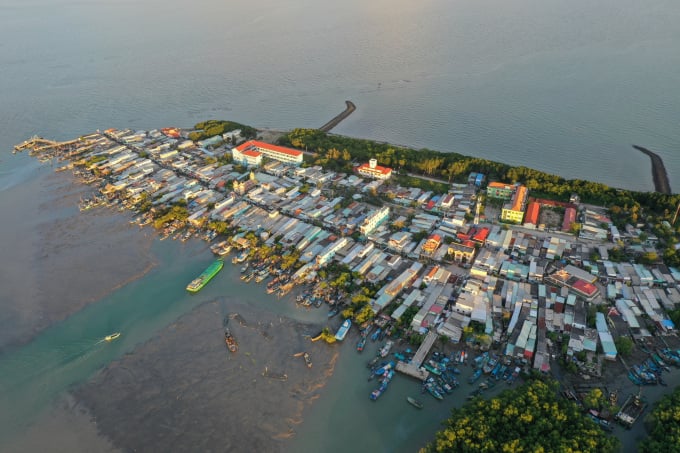
Part of Can Gio district. Photo: Quynh Tran
At the conference, Chairman of the Ho Chi Minh City People's Committee Phan Van Mai also raised the issue of planning the development of Can Gio area when it is currently identified as a world biosphere reserve. However, the city's vision is towards the sea, Can Gio will be the city's gateway to the world through this direction.
"How to harmonize in the context of Can Gio having large projects such as transit ports, whether or not this is a new generation free trade zone," said Mr. Mai.
Previously, the consulting unit presented the draft master plan for Ho Chi Minh City, in which the city is organized into 5 urban areas.
The first is the existing central urban area with 5-6 million people. This is the administrative, foreign affairs, commercial, service, knowledge-based economy, creative urban area...
This area includes Saigon area, Cho Lon area, Binh Thanh area, airport area, Binh Quoi - Thanh Da, southeast district 12, east of Go Vap district, west of Go Vap district, southwest of district 12, west of central urban area.
The second is Thu Duc City with 3 million people, focusing on creative urban areas,education , training, high-tech industry, financial center, healthcare, eco-tourism...
The third is the northern city with 4-5 million people. This is an urban area of entertainment, culture, resort, health care, environmental and agricultural services, leading industrial production, supporting and training technology serving agriculture...
This area includes the southwest of Hoc Mon district, National Highway 1A, 22, Le Van Khuong Street in District 12, Hoc Mon district, Hoc Mon center, west of Hoc Mon, new development center of District 12 - Hoc Mon district, west of Ring Road 3 (Hoc Mon district), existing urban area of Cu Chi, southwest - southeast of Cu Chi, Cu Chi ecological area, Cu Chi forestry and industrial ecological park, northwest urban area of Cu Chi, northeast of Cu Chi.
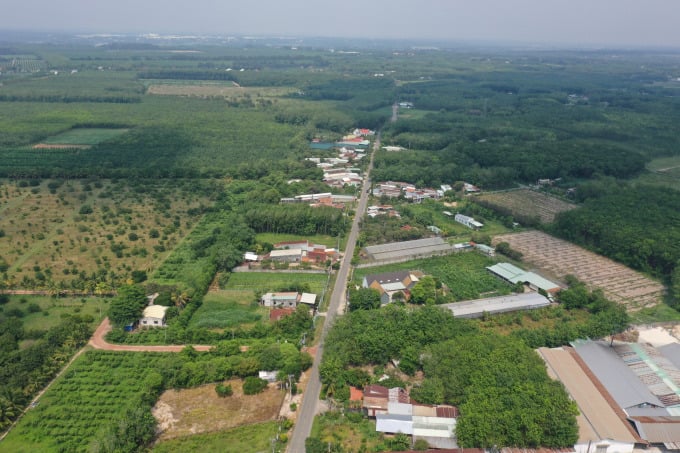
Part of Cu Chi district. Photo: Quynh Tran
The fourth is the western city with 2-3 million people. This is an industrial, commercial, technological and healthcare service city, a center for biomedical chemistry and pharmacy, education and training...
This area includes Tan Nhat - Le Minh Xuan area, the area between National Highway 1 and Tan Tao Cho Dem Street, Le Minh Xuan area, Vinh Loc, Binh Loi - Le Minh Xuan, Pham Van Hai, Tan Tuc, south of Ring Road 3.
The 5th is the southern city with 3-4 million people. This is a high-tech urban area, water ecology, knowledge economy, culture and art, exhibitions, fairs, entertainment, eco-tourism, industry, logistics, marine economic center...
This area includes the area south of Doi canal, east of Can Giuoc river to Ong Lon canal, district 7, west of Nguyen Huu Tho street, east of Nguyen Huu Tho street, Long Thoi, Hiep Phuoc, Binh Khanh areas, urban area associated with Binh Khanh port, agricultural ecological - tourism area, Can Thanh urban area, Can Gio sea encroachment urban area.
Le Tuyet
Source link



![[Photo] Prime Minister Pham Minh Chinh and Prime Minister of the Kingdom of Thailand Paetongtarn Shinawatra attend the Vietnam-Thailand Business Forum 2025](https://vphoto.vietnam.vn/thumb/1200x675/vietnam/resource/IMAGE/2025/5/16/1cdfce54d25c48a68ae6fb9204f2171a)


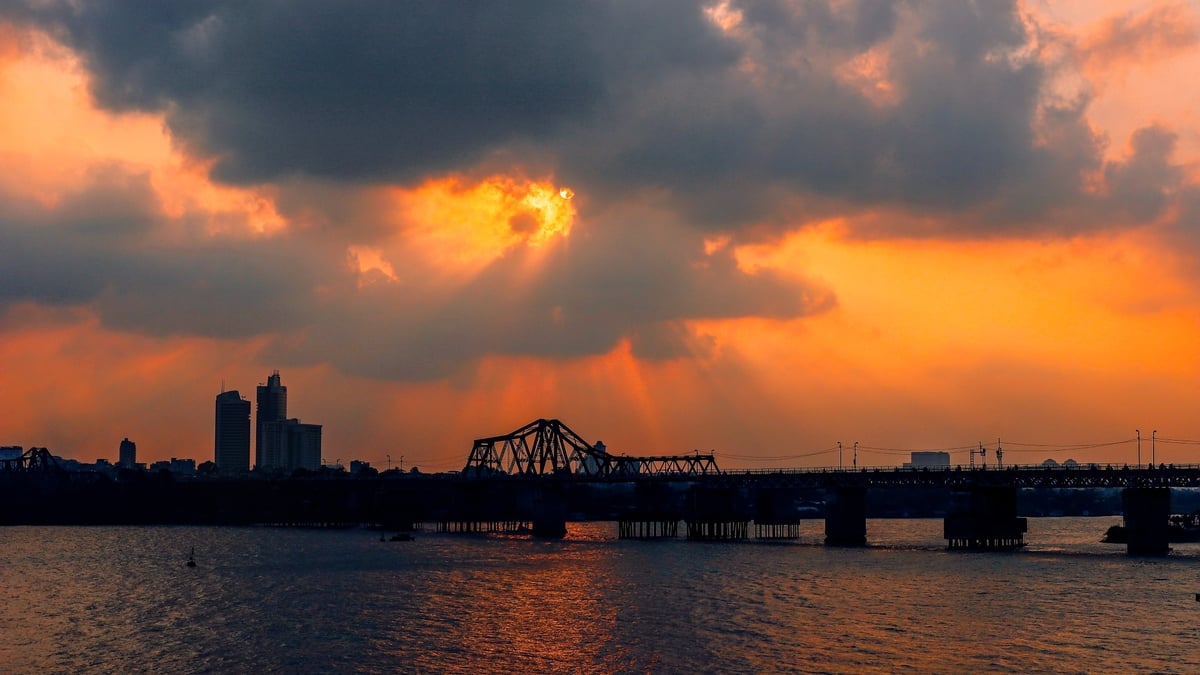

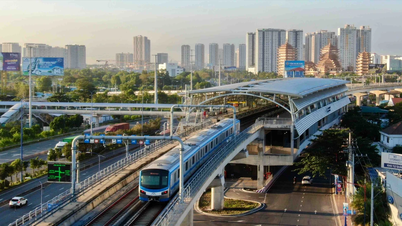







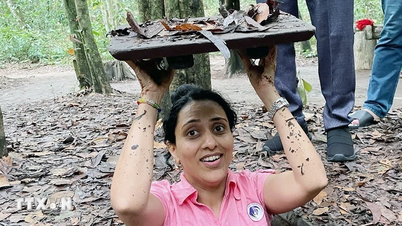



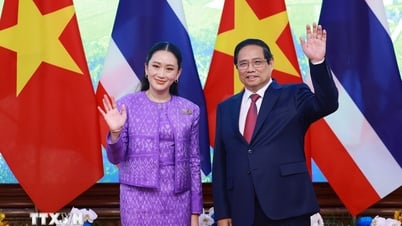
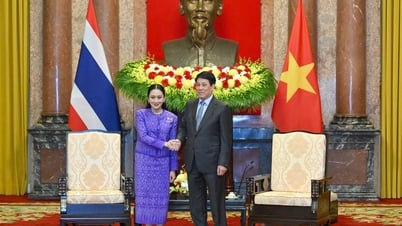

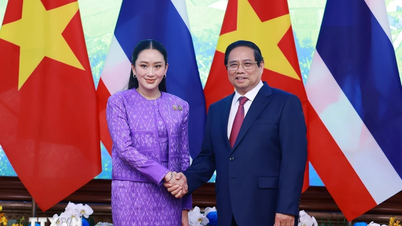
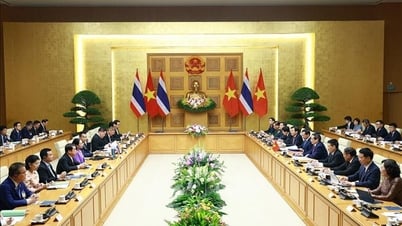

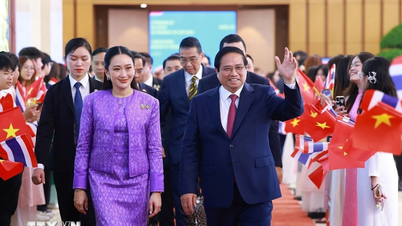
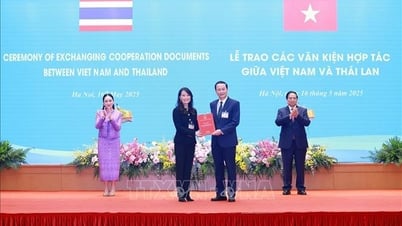










![[Photo] President Luong Cuong receives Prime Minister of the Kingdom of Thailand Paetongtarn Shinawatra](https://vphoto.vietnam.vn/thumb/1200x675/vietnam/resource/IMAGE/2025/5/16/52c73b27198a4e12bd6a903d1c218846)
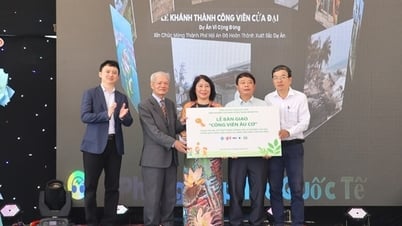

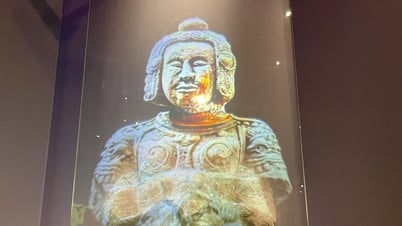



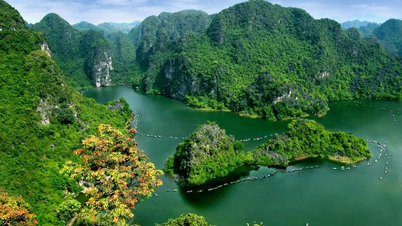

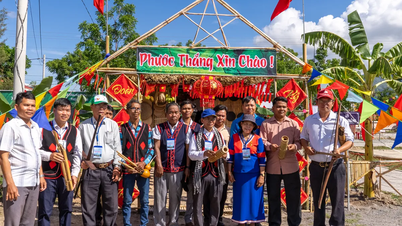



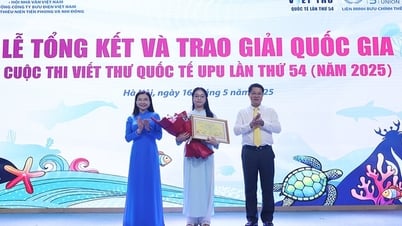

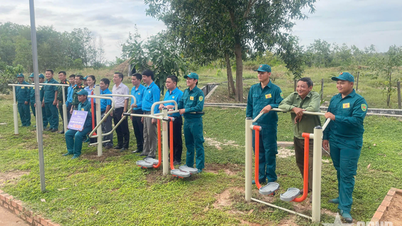





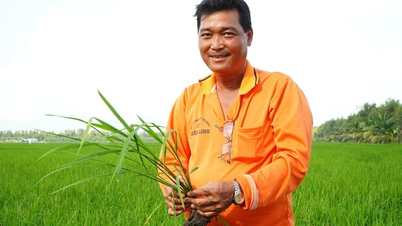

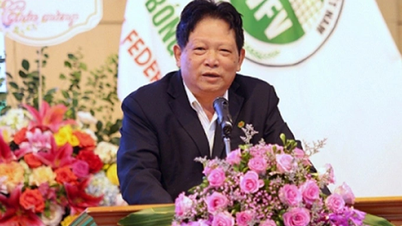

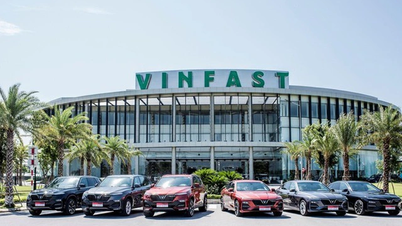





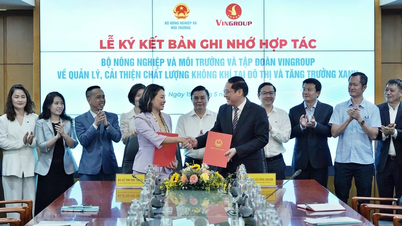
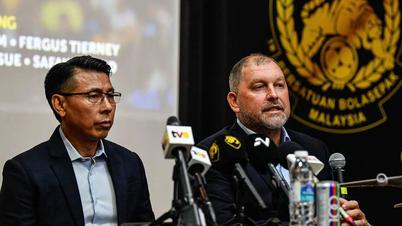


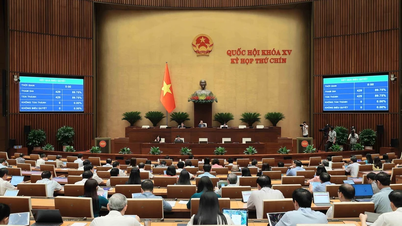
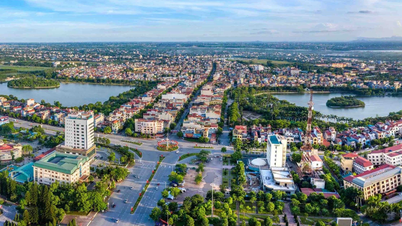



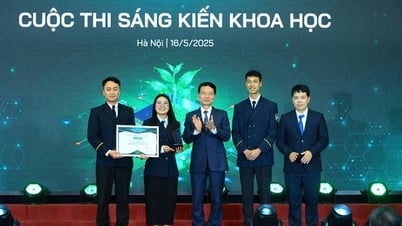

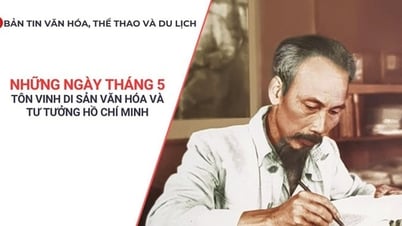

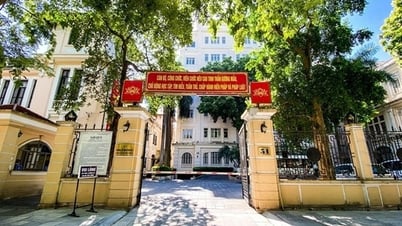
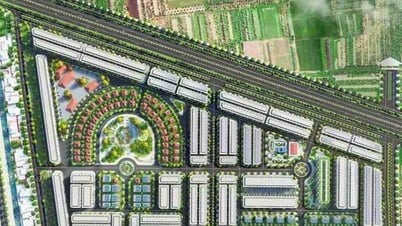
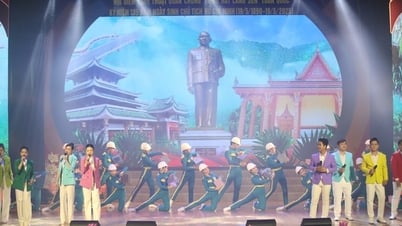
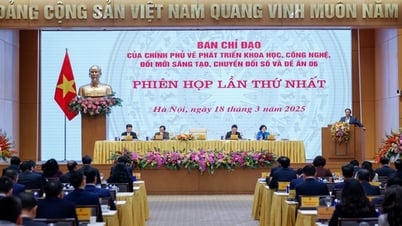

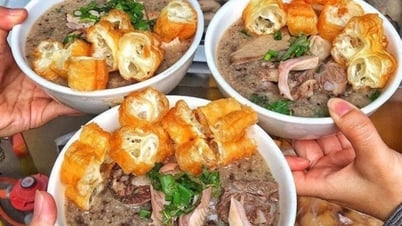

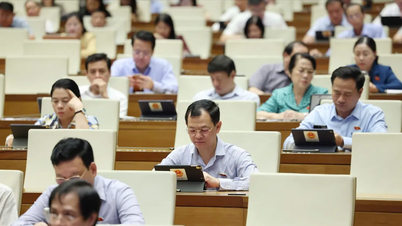

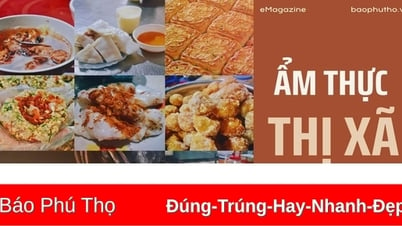

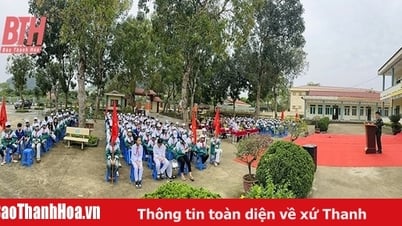









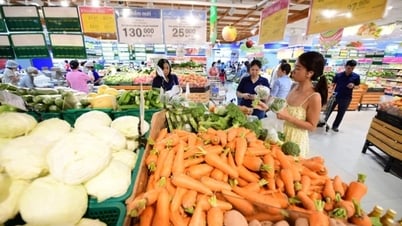
Comment (0)